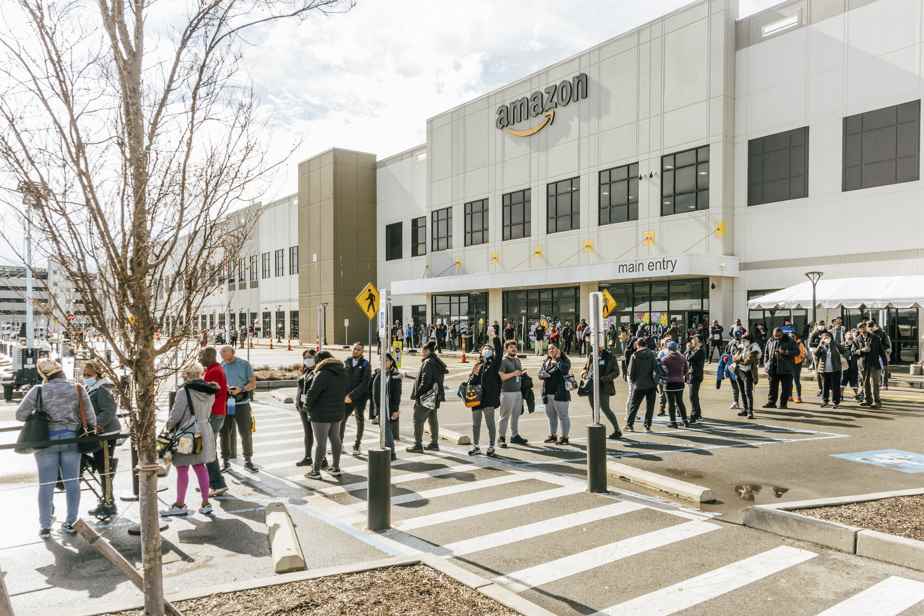(New York) After Amazon workers working at a huge Staten Island warehouse won a shock union victory last month, union leaders became celebrities, sent shock waves through the broader labor movement and spurred politicians around the country to rally behind Amazon workers. Now, it appears to have created a fallout in Amazon’s executive ranks as well.
Posted at 9:00 a.m.
On Thursday, Amazon notified more than half a dozen senior executives involved with the Staten Island warehouse that they were being terminated, according to four current and former employees with knowledge of the situation and speaking on condition of anonymity. fear of reprisals.
The layoffs, which took place outside of the company’s usual employee evaluation cycle, were seen by superiors and others working in the warehouse as a response to the Amazon Labor Union victory, said three of these people. Warehouse workers voted overwhelmingly to form the company’s first union in the United States, in one of organized labor’s biggest victories in at least a generation.
News of the reshuffle spread through the warehouse on Thursday. Many superiors had been tasked with implementing the company’s response to the organizing effort. Several were veterans of the company, with more than six years of experience, according to their LinkedIn profiles.
Workers who backed the union complained that the company’s health and safety protocols were too lax, particularly around COVID-19 and repetitive strain injuries, and that the company was pushing them too hard. achieve performance goals, often at the expense of sufficient breaks. Many also said the warehouse wage, which starts at more than $18 an hour for full-time workers, was too low for living in New York.
An Amazon spokesperson said the company made the leadership changes after spending several weeks evaluating certain aspects of the “business and management” of JFK8, which is the company’s name for the company. the warehouse. “Part of our culture at Amazon is to continually improve, and we believe it’s important to take the time to review whether or not we’re doing the best we can for our team,” said a spokeswoman, Kelly. Nantell.
Superiors were told they were being let go as part of an “organizational change”, two people said. One such person claimed that some of the superiors were high performers who had recently received positive reviews.
The Staten Island location is Amazon’s only fulfillment center in New York. For a year, current and former workers at the site organized to form an independent union.
The company is contesting the election, saying the union’s unconventional tactics were coercive and that the National Labor Relations Board (NLRB) was biased towards the union. And the union is working to keep the pressure on Amazon to negotiate a contract.
Amazon union president Christian Smalls testified Thursday before a US Senate committee considering whether companies that violate labor laws should be denied federal contracts. Mr Smalls then attended a meeting at the White House with other union organizers, during which he directly asked the country’s president, Joe Biden, to pressure Amazon to recognize his union.
A White House spokesman said it was up to the NLRB to certify the results of the recent election, but claimed Joe Biden has long supported collective bargaining and the right of workers to unionize.
Amazon said it invested $300 million in security projects in 2021 alone, and it was offering above-minimum wage with solid benefits, like health care to full-time workers as soon as they join. the company.
Company officials and consultants held more than 20 mandatory meetings a day with employees in the run-up to the election, in which they sought to persuade workers not to support the union. Officials emphasized how much money the union would collect from them and stressed the uncertainty of collective bargaining, which they said could worsen the situation for workers.
Labor experts say such statements can be misleading, as it is very rare for workers to see their pay reduced as a result of the union bargaining process.
This article was originally published in The New York Times.
